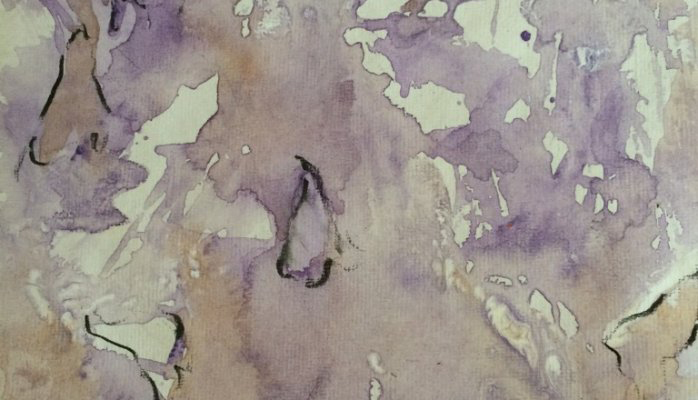An article about creativity and nature caught my imagination. It focuses on the importance of connecting and spending time with nature, which provides a “powerful antidote to the constant distraction of our digital lives”. In her article The New Science of the Creative Brain on Nature author, Carolyn Gregoire, refers to the research of neuroscientist and avid back packer David Strayer. Strayer’s research reveals that nature time enhances higher-order thinking, restores attention, and boosts creativity. Some of the reason for this is that it ‘gives our prefrontal cortex a rest from all the busy-ness and distractions from technology’ and by giving our prefrontal cortex a mini break there are a number of things that seem to happen.
- Restoration. A break away from the busy world is restorative. It allows us to rest and repair and return with better focus and attention. There is a concept around this called Attention Restoration Theory that asserts the cognitive benefits of spending time in nature. Even looking at images of nature can help with mental fatigue.
- It allows your imagination and creativity to flourish. When we find a way to let our prefrontal cortex quieten down (meditation/mindfulness practice is helpful) our imagination network is stimulated. The network tends to get activated when we engage in ‘mellow’ activities like walking, showering etc. That’s part of the reason why we get flashes of insight and aha moments during these times.
- Expansive thinking, being in a state of awe, is a powerful emotion that plays an important role in creativity and psychological well-being. This state of outward thinking can help us gain new perspectives and move us away from habitual thinking.
- Soft fascination – a state of calm – that meditative feeling. Soft fascination frees our minds to wander, and seems to be one of the best ways to get the creative juices flowing. Soft fascination occurs when we’re listening to leaves rustling or watching the ocean flow in and out. It’s when our attention is very gently focused on the sensory stimuli around us. This is in contrast to hard sounds that push the brain into “hard fascination” where we become focused on the stimuli that’s bombarding your senses. Think of the constant pings and other sounds of technology that gain our immediate attention (one way to monitor and control this is to turn off sound notifications).
I believe we know intuitively that nature nurtures us. The work of Ecopscyhologists tell us stories about ourselves and our relationship with nature. Researchers and authors like Rachel and Steven Kaplan shed light on the our experiences with nature in their book The Experience of Nature: A Psychological Perspective. Researchers and authors like Rachel and Steven Kaplan shed light on the our experiences with nature in their book The Experience of Nature: A Psychological Perspective.
I’m privileged to live near a state forest where I can go for regular walks. I’m also an avid swimmer and find early morning or evening swims hugely restorative. Not only because of the swim itself, the natural setting provides a calming back drop. At night I gaze at the stars and allow myself to be in awe of the night sky and wonder what it would be like to be out in space, looking back to earth. The imagination is certainly being activated during this time.
I have experienced ‘soft fascination’ with one particular moment etched into my memory. An early morning swim provided a moment of beauty and clarity. As I was leaving the pool I could hear a tinkling sound I’d not heard before. At first I couldn’t figure it out. I know I stood in ‘soft fascination’ observing the situation completely intrigued by this delightful new sound. And then all was revealed. I happened to be passing under a Jacaranda tree and the tinkling sounds happened to be the Jacaranda flowers falling onto the wooden deck. I was mesmerised and in awe of this remarkable sound. So much so I was inspired to do a watercolour image as a visual response to capture a truly special moment.
We all need time out and away from the ‘busyness’ of things. There is time for focused laser like attention and action, and there is much needed time to be open and spacious, a place to allow our imagination and creativity to flourish.
We are fortunate that it doesn’t have to be one or the other. The art of being human is to be aware and discerning so as to choose what is needed when, and to be enriched by both ways of being.
It’s probably time to go for a walk.
How about you?

